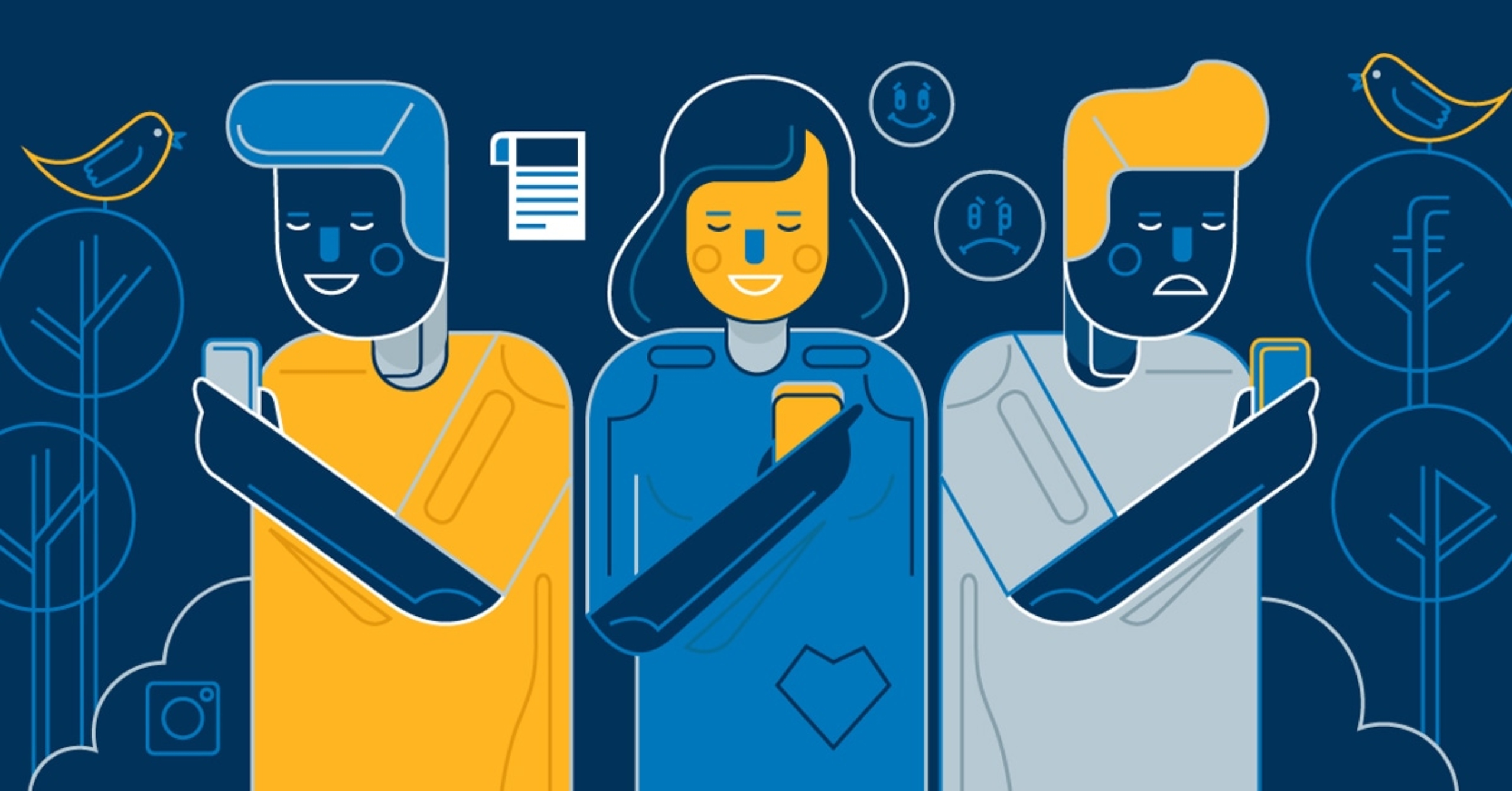The gig economy is alive and well. In fact, this modern online phenomenon has only…
Going Viral: The Rise of the “Non-Ad”
Forty-seven seconds into Google’s 2020 Superbowl ad, an employee’s grandfather asks Google Assistant to show him pictures of his anniversary, prompting him to recall how his wife, Loretta, always snorted when she laughed. Cue the waterworks.
Unlike Renault’s viral “non-ad” released last November, Google wasn’t shy about their product. In comparison, the French auto manufacturer focused heavily on the story of two best friends navigating their relationship and queer identities, with scenes marked by the noticeable absence of a car. It’s only at the very end of the ad that viewers realize they’re being sold a Renault Clio.
Both ads rely on savvy storytelling and emotional manipulation to engage with audiences, shying away from blunt product placement and flashy branding. With brands producing a constant stream of content, and more decision making power resting in the hands of individuals, the ability to tell a story – one that can be transformed into a viral, shareable, moment – is what brands rely on to attract, persuade, and engage consumers.
Digital Seduction
According to the Digital Marketing Institute, 1.7 megabytes of data will be created every second, for every person on earth, by the year 2020. That’s just about the size of a two-minute mp3 file. With the growing amount of data being created and consumed, brands need to do more to stand out if they’re going to have any chance of grabbing and keeping the attention of an oversaturated audience.
Just take a look at Subway’s viral ad from 2019, which left audiences genuinely shocked and confused. In true Boyhood movie fashion, the ad follows a young boy who grows into a man … then walks into a Subway to grab a sandwich. Just like this young man, we make choices every day of our lives, so why not choose Subway? While the connection may seem like a stretch, the viral response gave the Subway brand name a priceless boost with over 3.1 million views.
Consumer Science
While a swing and a miss may spell disaster for some brands, a misstep can also garner just as much attention as a home run. Ads go viral for a multitude of reasons, and while many of these are unpredictable, there is some basic science behind these viral moments.
Thales S. Teixeira, author of Unlocking the Customer Value Chain, predicts a shift toward more consumer-centric advertising as audiences gain control over viewing. “They’ll need to think harder about the value a video offers to the viewer, instead of considering primarily how well the video serves the brand. The result will be ads that are both more effective and more enjoyable.”
Ads that go viral not only garner a lot of “likes” but are rapidly and frequently shared between viewers. Researchers at the USC Marshall School of Business studied hundreds of ads (like Budweiser’s 2015 Super Bowl XLVIII Commercial “Puppy Love”) and found that certain ones invoke more emotion than others. It’s no surprise that we’re drawn to inspiring, evocative, or even suspenseful messages over data, facts, and endorsements.
Know Your Audience
It may feel as if there’s no particular rhyme or reason to what makes for great storytelling. Why do some brands hit the jackpot, while others flounder?
Authenticity and emotion cannot be emphasized enough. Whether taking the form of a viral meme to a 6-second ad, a 90-second commercial or a short-form branded documentary, brands that clearly know their people, and aren’t afraid to put great storytelling before logo placement, are most likely to create content that wins over the masses without even trying.




